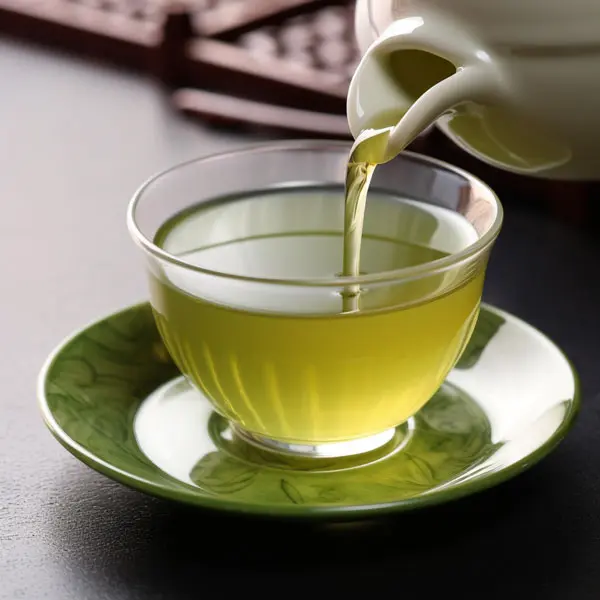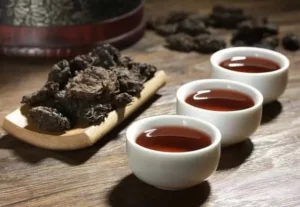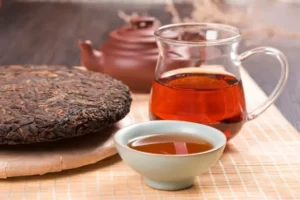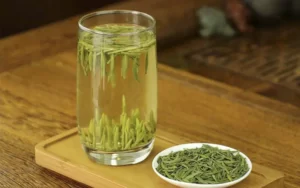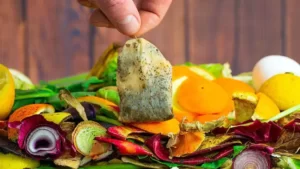As the weather gets hotter, many people are less inclined to drink hot tea. When the scorching sun is already making the weather unbearable, having a steaming cup of tea immediately makes you break out in a sweat. At times like these, a refreshing cold brewing tea that makes every pore feel cool and refreshed is exactly what you need.
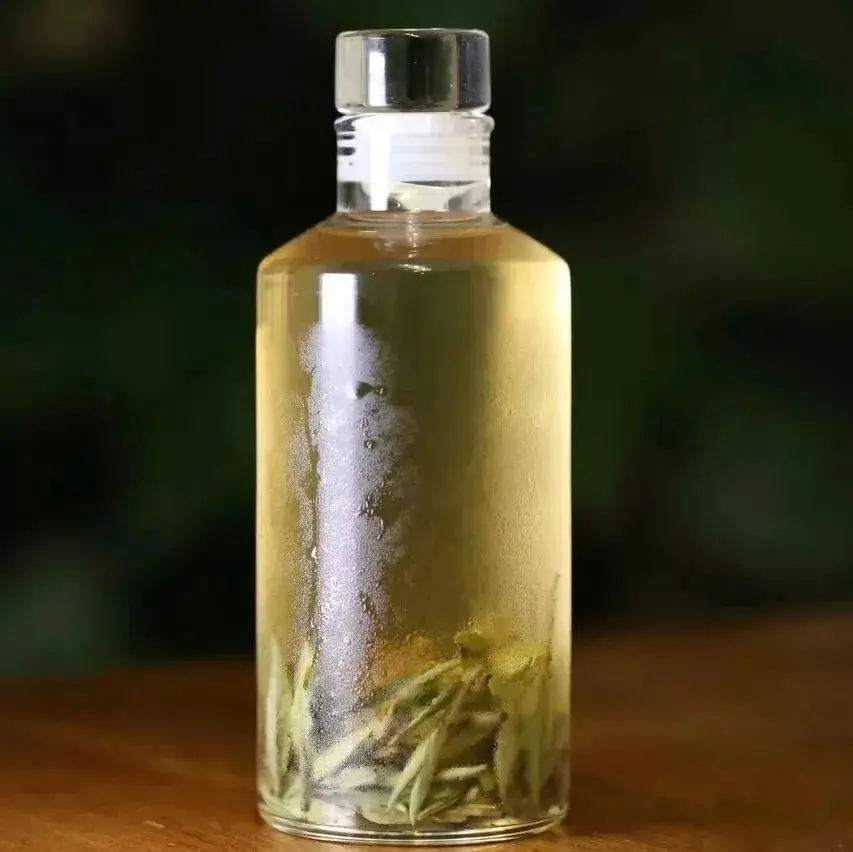
That’s why many tea lovers enjoy cold-brewed tea during the summer. Cold-brewed tea not only helps to cool down the body, but it is also healthier than other drinks and has a delightful sweetness.
What Tea is Best for Cold Brewing?
Among the teas that are particularly suitable for cold brewing is the Silver Needle white tea.
The Silver Needle white tea buds are plump, covered in silver-white hair, and have a pale color resembling silver. It is refreshing and has a cooling effect, making it commonly used in folk remedies for relieving heat rashes.
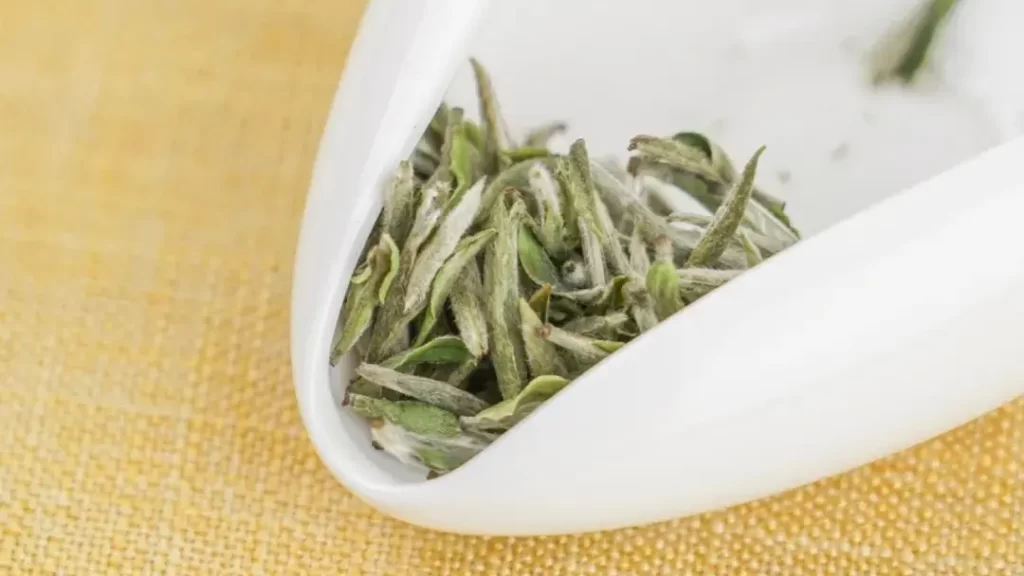
However, some tea enthusiasts have doubts: can the essential substances in Silver Needle white tea be fully released when brewed at such a low temperature for cold brewing, especially since the tea leaves are not rolled or twisted?
Can Cold Brewing Tea Extract the Essence of Tea?
Researchers from the China White Tea Research Institute of Fujian Agriculture and Forestry University and the Institute of Agricultural Product Quality conducted a series of experiments to investigate the effect of low-temperature cold brewing on the release of compounds in Silver Needle white tea. They brewed the tea at water temperatures of 4°C, room temperature, 50°C, 80°C, and 100°C for 1-15 hours, and measured the amount of major flavor compounds extracted by comparing different water temperatures and brewing times.
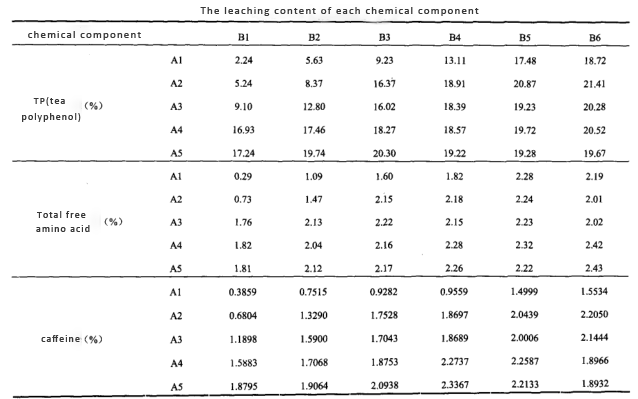
The results showed that, over time, the overall extraction of catechins, amino acids, and caffeine increased, while the extraction rate decreased.
Extraction rate
TP(tea polyphenol) had the highest extraction rate after brewing with boiling water for one hour. When cold brewed at 4°C, the initial extraction rate of TP was slower. However, after a brewing time of 15 hours, the amount of TP extracted was 8.36 times that of the one-hour brewing.
In addition, after 15 hours of brewing at 4°C and room temperature, the extracted TP amounts were 18.72% and 21.41%, respectively, surpassing the amount obtained from brewing at 100°C for one hour.
Therefore, it can be seen that when Silver Needle white tea is cold-brewed at low temperatures for a long time, the amount of extracted tea polyphenol can reach or even exceed that of a short time brewed at high temperatures.
Extracted amount of free amino acids
In terms of free amino acids, the total amount and extraction rate followed a similar pattern as catechins.
Furthermore, after cold brewing at 4°C for 15 hours, the extracted amount of free amino acids was 7.55 times that of the one-hour brewing, reaching 2.19mg, which was higher than the amount extracted by boiling water for one hour (1.81mg).
Caffeine
Regarding caffeine, after 15 hours of brewing at 4°C, the extracted amount was 1.5534%—4.03 times that of the one-hour brewing—and was close to the amount obtained from brewing with boiling water.
Overall, when cold brewed at low temperatures for an extended period, the extraction rate gradually becomes higher than that of a long-time brewing.
Moreover, when Silver Needle white tea is brewed at 4°C for 15 hours, the amounts of these three major compounds extracted are equal to or even higher than those obtained from a short time brewed at high temperatures.
Through the above experiments, it is evident that cold brewing Silver Needle white tea at low temperatures for a long time is perfectly fine, and the compounds and primary health benefits of the tea can fully meet our drinking needs.
So, on scorching summer days, go ahead and cold brew a cup of Silver Needle white tea, store it in the refrigerator, and fully enjoy its icy coolness the next day.
